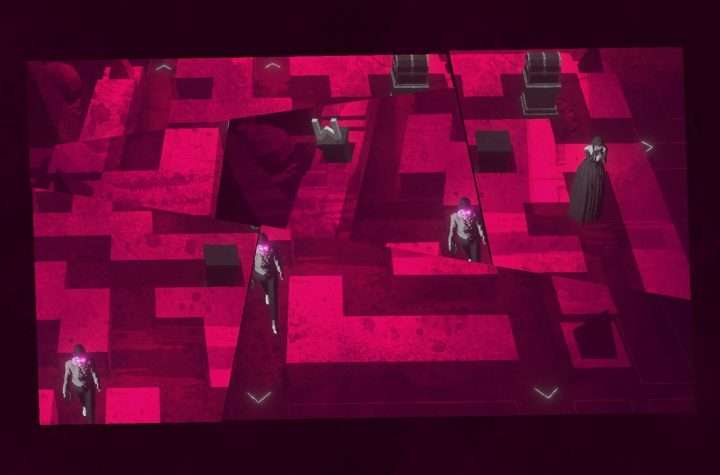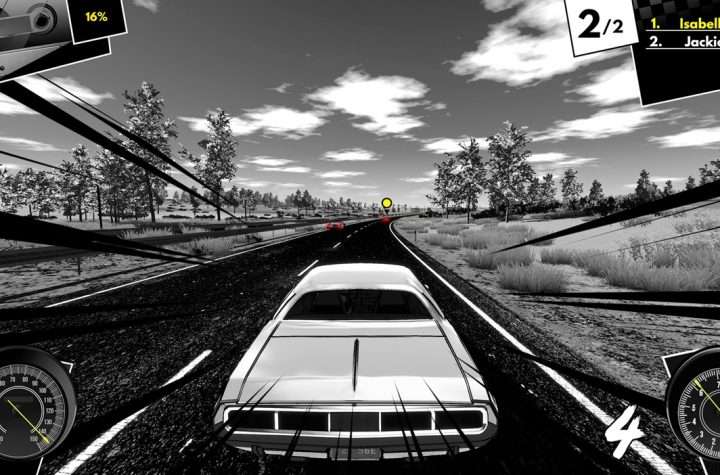
Interview with Derek Potter, Head of Product Management at Vicon:
What first inspired you to develop this finger capture technology?
The inspiration behind Shogun High Fidelity, our new finger capture technology, is closely related to the company’s mission — providing a better understanding of human movement through the use of technology, like optical cameras. Beginning over three decades ago, this technology was first used to analyze basic human movements during clinical assessments, but soon made its way into production studios where producers leveraged it to create more realistic visual effects and enhance the experience for moviegoers and gamers.
Although motion capture has made impressive progress over the last 30 years, detailed human finger movements have continued to be the most difficult to capture. The human hands express emotion by constantly interacting with each other, with objects and with the world around them using hundreds of complex finger configurations. Their size and flexibility have traditionally made them challenging to track in detail, which is why Vicon invested in developing Shogun High Fidelity to solve this challenge. Previous solutions required long hours of manual intervention during post-production. Our new finger tracker provides accurate, high-quality finger data on the first pass, which cuts significant time and costs for our customers.
You mentioned that this enables people to use complex hand motions such as sign language–how do you see this impacting gaming overall?
Vicon Shogun will allow game developers to capture increased fidelity that will help provide a new level of realism in character movements. There has been steady progress in mocap fidelity that has been directly driven by the gaming industry, which consistently demands more immersive gaming experiences for the player.
The gaming industry has evolved dramatically over the past few decades. Looking back to early gaming experiences, we know that basic body movements alone were good enough. Games today, however, are powered by two factors — realism and emotion. For this reason, the industry demands higher fidelity. Emotive motion lives in the face and hands — two aspects of the character that most readily express emotion. Vicon, along with several of our partners, have already invested a lot of time pushing face capture forward, so spearheading the same improvements in fingers was the obvious next step.
You also mentioned the tech allows players to “interact with believable characters via VR.” Can you elaborate on this?
Our interactions with the world are centered around what we see and what we touch. This is equally as true in the virtual world. If we want to truly immerse in a VR character interactive experience, then sight and touch must also be involved. HMDs (head mounted displays) and head tracking handle what we see, and both have seen significant improvements in recent years. HMD resolution and power have progressed to allow us to better see in VR, but what about touch? Interacting in VR is done with the hands— just like the real world. However, mastering the complexity of finger movements has been a challenge. As VR environments and characters add resolution and complexity, we know there is a need for a solution that offers increased fidelity in finger tracking— allowing participants to interact in VR at a similar level to how they interact in the real world.
What do you think is the next big thing for gaming? Any other emerging technologies you’re excited about?
Location-Based Entertainment (LBE) gaming is something we find incredibly exciting. Moving a gaming experience into VR and moving that same VR experience into the physical, free-moving world feels like a (pardon the pun) game-changer. The addition or layer of new technologies and techniques in these games is another exciting aspect due to the ability to sink the participant deeper into the immersion. New forms of haptic feedback, directional sound devices and new WiFi technologies are among the other emerging technologies we find exciting right now.
What’s next for Vicon? What can we look forward to as consumers and gamers?
The game and LBE industry is pushing for three things: better, bigger and faster. Vicon is going to continue to push the boundaries of fidelity for motion tracking on all fronts. By squeezing every bit of nuance out of a character or participant’s movement in their body, face and fingers, you start to capture emotion — not just movement. LBE games are expanding in bigger spaces with a greater number of players. We’re going to be pushing this limit forward as well, which will then enable people to set up bigger arenas and include more players.
The performance of the system is a constantly moving goalpost for us. This leads to higher performance and faster game development and VR experiences. We’ll be pushing out updates for both Shogun (game development) and Evoke (LBE/VR) in the next 6 months. The industry is currently moving at a very fast pace and evolving rapidly — particularly in these spaces. We’re excited to be a part of it.
For more information, please visit: https://www.vicon.com/
From the moment I first played Lego Star Wars II: The Original Trilogy on the original Xbox, I have always had an avid curiosity and enthusiasm for video games. I admire their ability to immerse us in completely different worlds, and I am always eager to see how they integrate the newest breakthroughs in digital technology to make virtual reality feel real. I am currently a senior at UC Berkeley, but when I'm not studying I always make time to play Xbox One with my younger brother.





More Stories
GDC 2024: The GAME DEVELOPERS CONFERENCE Opens its Doors Today at the San Francisco Moscone Convention Center
GDC Gameplay Trailer Released for Empire of the Ants
Crystals of Naramunz Upcoming ARPG to be Unveiled at GDC 2024